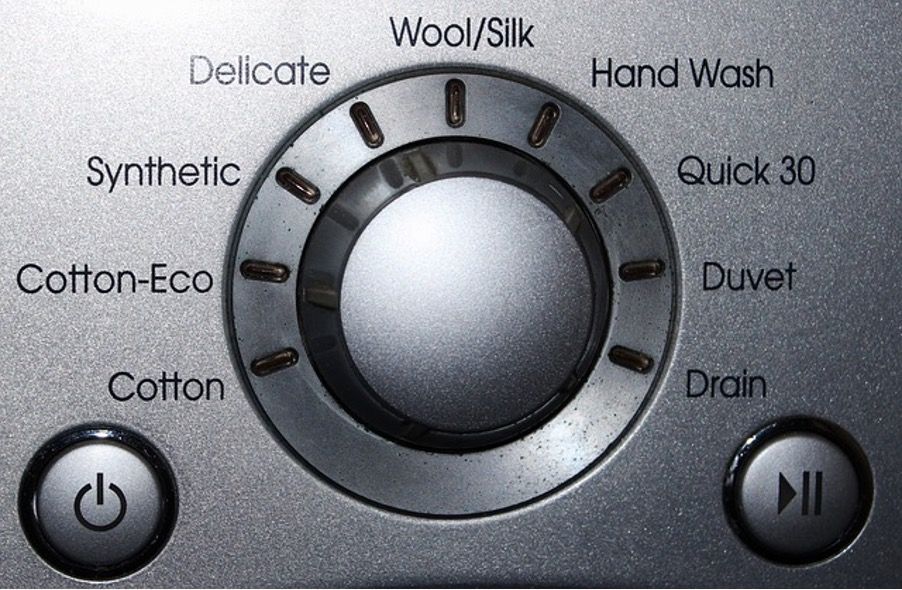Where do you start?
Clarity of vision may sound superfluous but it is what you base your decisions on
I was taught from a fairly young age that there is an effective process to follow when it comes to completing a jigsaw, regardless of the number of pieces involved. First you sort out all of the straight-edged pieces and especially the four corners. Put those together and you have your framework.
Then you sort out the dominant colours, often the blue sky or sea, a bright red London bus, the autumnal colours of a woodland and so on. You patiently build your jigsaw to a well-tried formula for construction. What you don't do is dive in and hope for the best, or start on one bit, go so far and then leave it because you get stuck and start somewhere else.
Of course, this process depends on two fundamentals: that you have a picture of the completed jigsaw and that all the pieces are present.
Is completing a jigsaw a good analogy for running an accounting firm today? Let's face it, there are certainly many pieces to the practice management jigsaw lying on the desk in front of you. Digitalisation, technology, systems, processes, recruitment, retention, team performance, profitability, recovery, cashflow, workflow, pricing, growth, client management, changing expectations, compliance, advisory, rewards. The list is endless.
It's hard to know where to start. Often the conversation flips to the need to get more clients or more staff but are they really the corners of the jigsaw, the straight-edged pieces that will give you a framework, or is this a case of picking up a piece that you recognise in the hope that it will lead you onto more structure?
The key to completing a jigsaw lies in having a clear image of what the completed product should look like. The process is based upon having that picture in front of you at all times. You may have different techniques for approaching the construction but the final image is always front and central. You can try it without, you can dive straight in and make a start without sorting out your pieces, but it will take you a lot longer and you will make many more errors along the way.
Having a clear vision of what your accounting firm should look like may feel like management consultancy hype, or may seem like a lot of precious time to use up when you have demands being thrown at you on a daily basis but if you don't have a clear picture of what you are trying to build then how are you going to know where to start? How are you going to sort out the pieces? How are you going to devise a plan? How are you going to know if anything is missing?
If you want to manage change rather than have change descend upon you then you have to be prepared to break the cycle that you are currently in and work to your own plan based on your own vision.
Take time out to re-focus on your vision. The reality is that you are possibly the missing piece in your own jigsaw.



